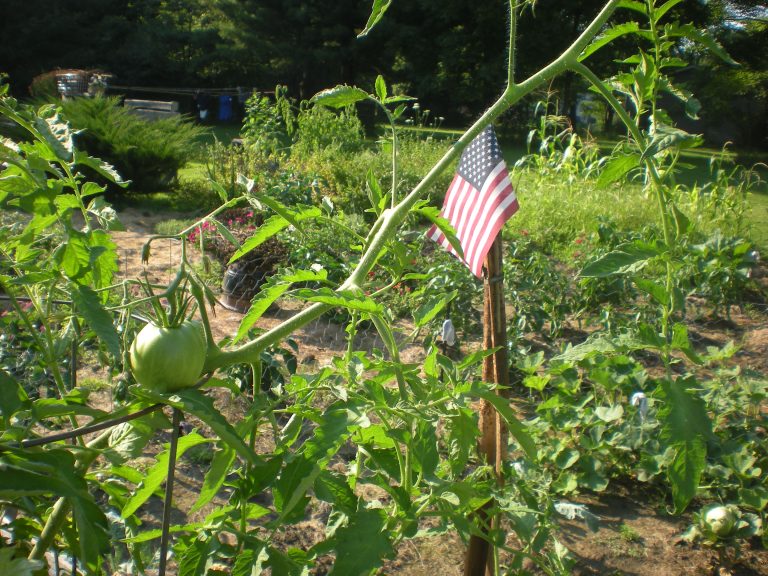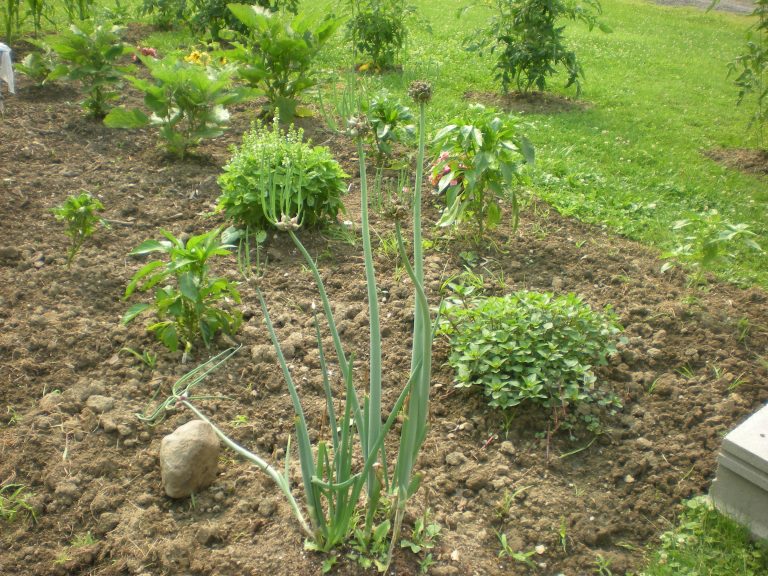Yesterday I picked-up a couple of black walnuts lying on the ground on the edge of my property to later inspect for quality. I think my neighbor might have seen me because later in the evening he stopped over to tell me to take all the walnuts from several trees that are on his property, but on the edge of mine. He said he already filled up various 5-gallon buckets of walnuts from some trees in his front yard.
Harvesting Black Walnuts
I asked whether the walnuts would be edible, because a lot of them looked dark and rotten. He assured me they were fine and explained how to process them. So, just before dark, I collected several of the best available and put them in a box:
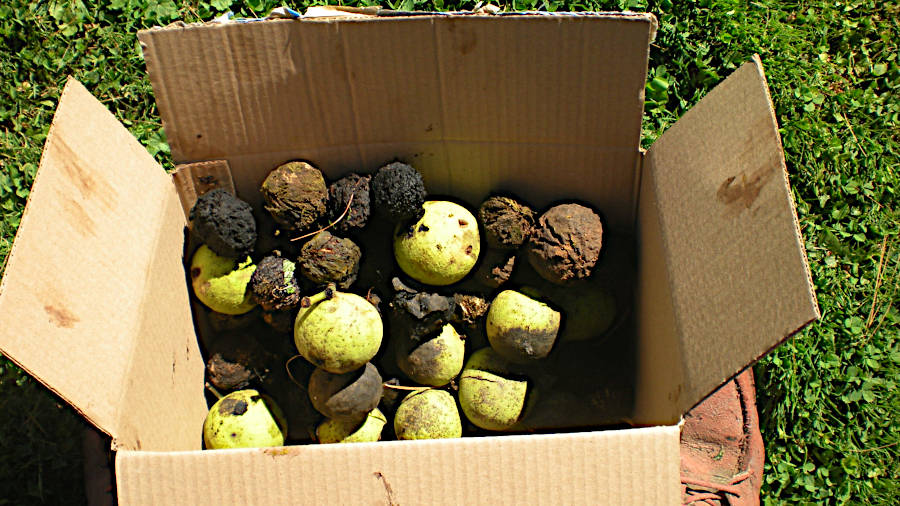
However, I had to weed-out, as they say, many more because they were infested with maggots!
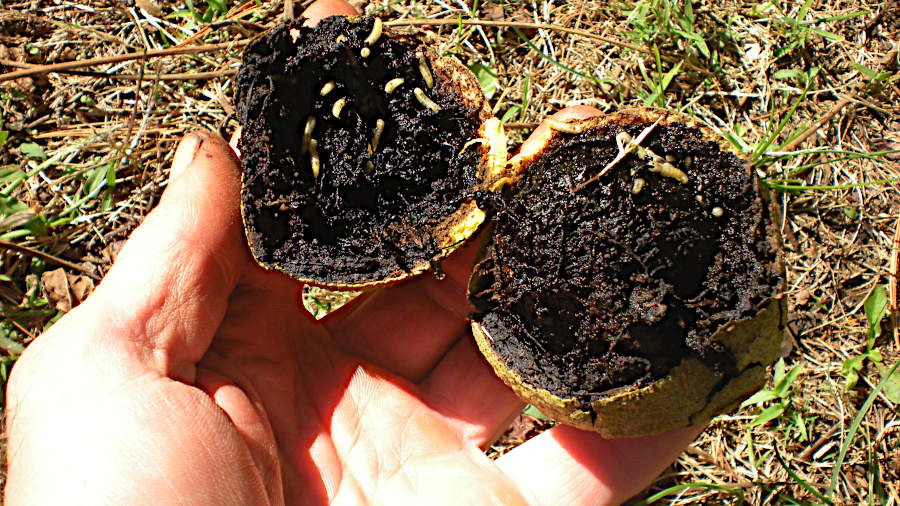
Apparently, this type of infestation is not uncommon. A quick Internet search yielded the following:
Walnut Husk Fly Overview
The walnut husk fly, scientifically known as Rhagoletis completa, is a significant pest affecting walnut trees. It primarily infests black and English walnuts, causing damage that can lead to reduced quality and marketability of the nuts.
Life Cycle and Damage
- Eggs: Female flies lay eggs in clusters beneath the husk’s surface. This usually results in small black spots on the husk.
- Larvae: The eggs hatch into white maggots within about five days. These larvae feed inside the husk, causing it to soften and decay, which can stain the walnut shell.
- Pupation: After feeding for 3 to 5 weeks, mature larvae drop to the ground to pupate in the soil, where they can remain for one to several years.
Signs of Infestation
- Visual Indicators: Look for dark, soft blotches on the husks, which indicate larval feeding. The husks may also become difficult to remove due to the damage.
- Kernel Quality: Early infestations can lead to shriveled, moldy kernels, significantly affecting the nut’s quality.
Red Potatoes Harvest
This year is the second season of my planting potatoes.
Today I harvested the first very small batch, which happened to be red potatoes. The regular potatoes that I planted were an assortment, so each harvest of a mound will be a surprise. This batch only produced a few from one small seedling potato:
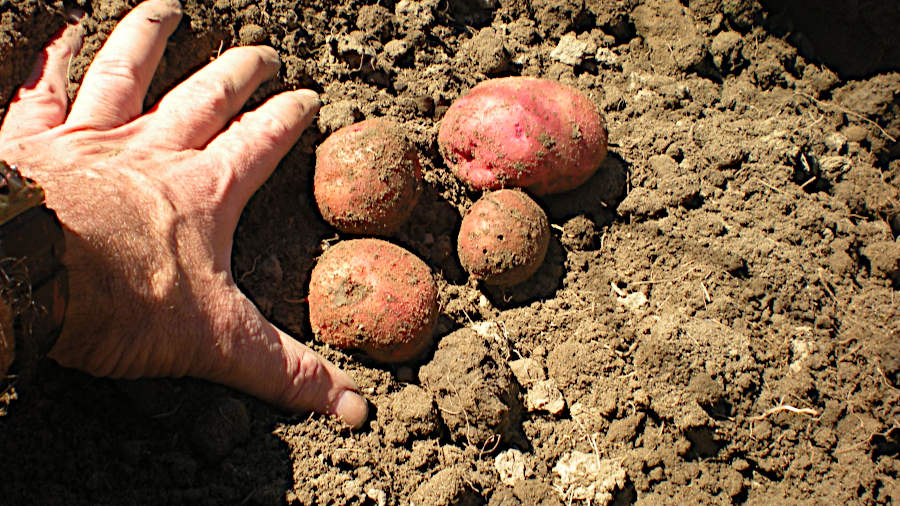
I could have harvested these many weeks ago, but they may be left in the ground as temporary storage provided my area doesn’t receive too much rain, whereby they might begin to rot. I still have about a dozen or more mounds to harvest. This includes two or three mounds of sweet potatoes, which appear to have been the most productive based on their extensive growth of stems and leaves. I’ll find out soon enough.
I cooked the bigger potato with dinner tonight. Likewise, I’ll cook the small potatoes with some eggs for breakfast tomorrow.
